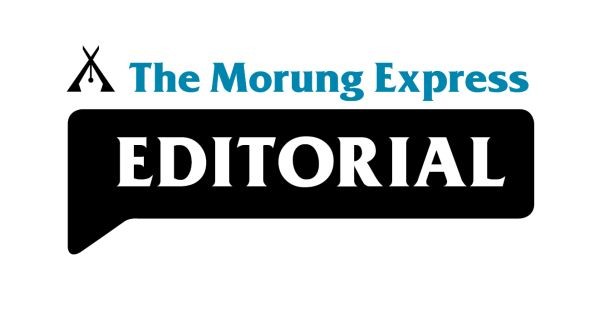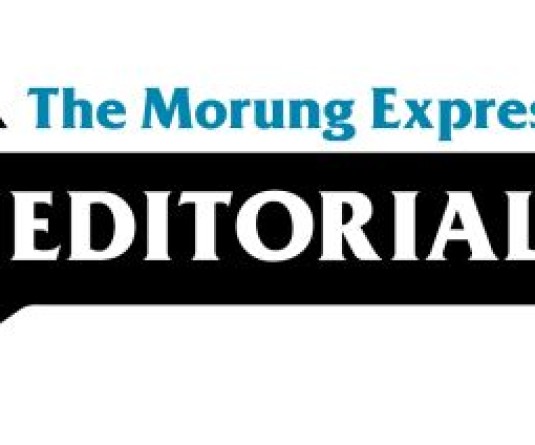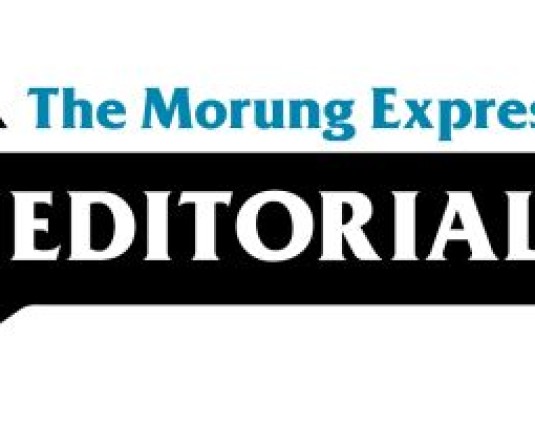
Dr. Asangba Tzüdir
Over the years the poor results of government schools have made unwanted headlines, a result of the many existing issues. Looking at an aspect of the ‘issue’, the nature of it is such that the claim for ‘ones’ rights has to come at the cost of denial of ‘others’ rights like in the case of the recent SSA teachers protest which is going to resurface again, and now the ongoing agitation called by ANATG (All Nagaland Adhoc Teachers Group).
Thus, in order to address the poor result of government schools, the School Education Department conducted a review meeting recently to address the pressing concerns, and in ‘conclusion’ the School Education Advisor pointed out the poor foundation in the primary and elementary levels and called for a new attitude and approach to ensure that the poor record comes to an end, and that there is no government schools with a nil result.
The Advisor lamented that despite recruiting 2700 teachers under SSA, the results are deteriorating. Till today, no concrete analytical study has been done in order to access the success or failure of the SSA. Further, it is very difficult to implement any blanket program or policy in pursuance of sweeping National and Global agenda on education. Policies are aimed for the welfare of the people but there are challenges in the implementation.
The rationalization exercise saw many GMS getting upgraded to GHS. What followed this move was downgrading, merger and closure depending on the status and performance of the schools. Further, in a move to have ‘trained’ and ‘qualified’ teachers in schools untrained elementary teachers need to take D. El.Ed Course; those with B. Ed need to go for a 6 months bridge course; Elementary teachers with less than 45% in 10+2 need to sit for improvement exam; elementary teachers having only matriculate qualification need to go for 10+2 exam along with D. El.Ed Course. Surely, this exercise will have a bearing on the status of teachers being ‘trained’ and ‘qualified.’ But the concern is, since the department cannot afford regular classes and trainings, it is to be done through National Institute of Open Learning (NIOS). So the question is, how much will open school learning effect quality education besides mere acquisition of degrees. For now, the rationalization process has involved a lot of ‘unsettling’ moves causing a lot of major hiccups to the normal functioning of the schools. A lot of policies are adopted and implemented without a proper analysis of the ground realities and its associated limitations and repercussions, and therefore in most cases, the real objectives finds overlooked. Added to this, the issues related to lack of proper infrastructure, delay or non-payment of teacher’s salary has only acted as a logjam which has instigated further impediments.
Coming back, the review meeting highlighted concerns shared by teachers like teacher shortage, absence of math/science teachers; lack of basic foundation at primary level; linguistic problem of understanding English; non-prioritization of studies by students; poor infrastructure; frequent agitations, etc.
The School Education Advisor has mentioned that there are more than 20,000 teachers when the actual requirement is around 8000-9000 teachers. But still there are concerns of teacher shortage. Well, calculating on the basis of student to teacher ratio under the existing school system will definitely show the excesses. There are concerns of lack of Math/science teachers. To solve this problem, selection exam was conducted and subsequently results were declared December last. The ‘aggrieved’ teachers are still made to wait for their appointment order. Well, whose fault is it for depriving many students of science/math teacher for half the academic year?
The latest Central Program ‘SAMAGHRA SHIKSHA’ formed through merger of SSA, RMSA and TE covers pre-school till higher secondary, and since it covers pre-school it will be able to address the lack of basic foundation as well as language problem at primary level. It is said that between the ages 3 and 5, a child’s vocabulary grows from 900 to 2,500 words, and pre-school is where the language skills of the children are nurtured and developed at the right time for better comprehension and expression. Pre-school thereby prepares for a smooth transition to kindergarten and so on.
Well, the review meeting has highlighted concerns raised by teachers but in order to really understand the various problems and issues related to the school it is necessary to do a holistic survey by way of having separate interactive meetings with teachers, students, parents and VEC in order to bring out free and honest opinions. Since the advisor has called for half yearly reports from all government schools, a separate report each of the student, teacher, parents and VEC may also be included along with the school report in order to get a clearer analysis of the problems and issues.
On the whole, for better performance of government schools, a ‘new attitude’ is desired especially from the teachers in owning a sense of ‘moral responsibility’ knowing that the life and future of the students rests with the teacher, which also means sacrificing one’s comfort zone. At the end of the day, teachers are life changing role models and no other personality can have an influence on the students more profound than a teacher.
(Dr. Asangba Tzudir is a Freelance Research and Editing Consultant. He contributes a weekly guest editorial to The Morung Express. Comments can be mailed to asangtz@gmail.com)





